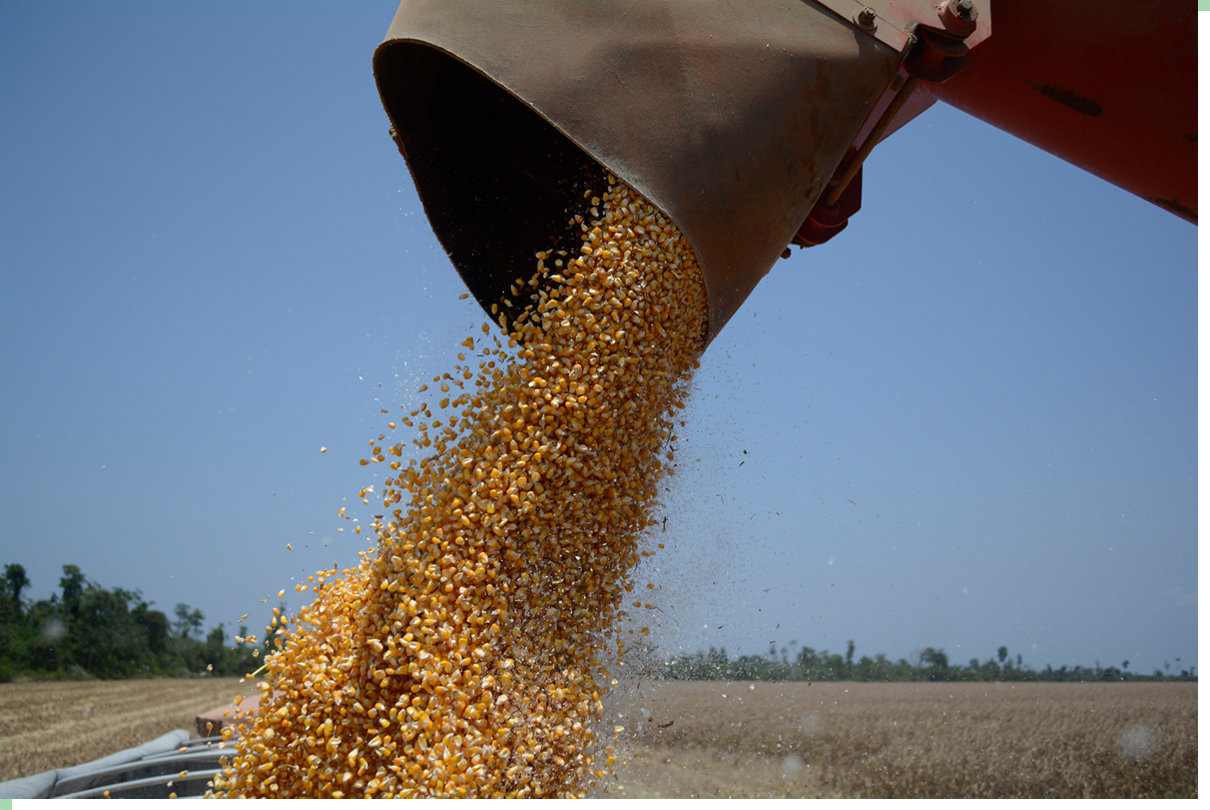The objective of our research is to conduct a comprehensive analysis of the impacts of Amazon deforestation and degradation on the regional climate change and its effects on the region’s agriculture, focusing on soy, maize, and pasture productivity, as well as insurance payouts and public subsidies. This interdisciplinary investigation involves the integration of perspectives from physical, ecological, and social sciences, and actively engages local stakeholders and policymakers, resulting in a fully transdisciplinary project. Additionally, the study aims to assess the potential benefits of large-scale Amazon reforestation for enhancing agricultural productivity by restoring local and regional climate patterns.
In sum, by quantifying environmental and economic impacts resulting from Amazon deforestation, this research aims at fostering strategies, public policies and climate litigation actions that could influence and hence change behavior of major stakeholders and policy makers towards the conservation of the Amazon Forest, given its key role in sustaining agribusiness’s productivity in Brazil.
 Soybean plantation in Pará
Soybean plantation in Pará
 Maize production in Pará
Maize production in Pará
This project is related to the following Sustainable Development Goals proposed by the United Nations:
